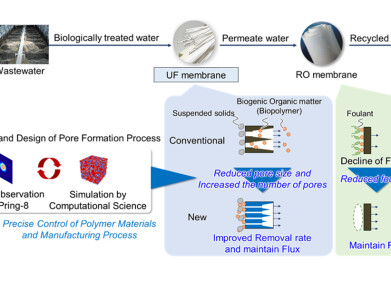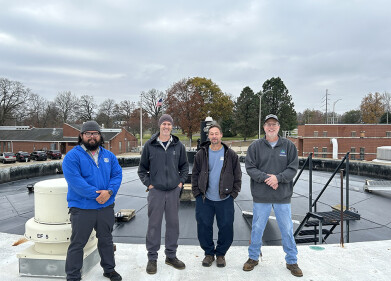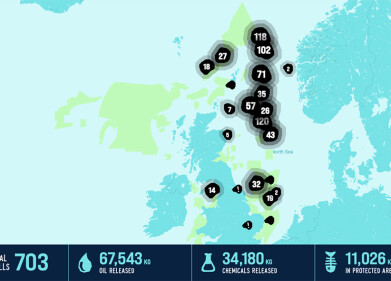Water/Wastewater
Membrane Contactor Technology Being Evaluated for Dissolved Gas Removal from Water in Many Hydrocarbon Processes
Nov 06 2012
Many different technologies have been used by the oil and gas industries to remove dissolved gases, particularly oxygen, from injection water. Deoxygenation is necessary for a number of reasons such as minimising the environmental impact, improving operating efficiency, avoiding process issues and protecting system components.
Common techniques to deoxygenate include installing a vacuum tower and/or chemical injection (For example, dosing water with sodium bisulphite). These towers are large and bulky however, and cannot easily be expanded to meet further demands. Furthermore in many cases they don't operate at optimal efficiency due to planned flow capacity changes after tower construction begins. Finally vacuum towers have long construction times and therefore need to be ordered well in advance.
Removing dissolved gases with chemicals requires storing large volumes of chemicals and handling by employees. Environmental regulations are becoming more stringent which increases chemical disposal costs.
However, with the introduction of Liqui-Cel 8 x 40 and 8 x 80 High Pressure Membrane Contactors there has been an increase in discussion and activity about utilising membrane contactor technology to remove dissolved oxygen from water in many hydrocarbon related applications because they use a much smaller footprint and weigh far less than deaeration towers. Liqui-Cel Contactors maintain positive pressure after degassing, eliminating the need for booster pumps or reducing booster pump capacity requirements and they do not require chemicals to operate. The devices are ASME code-rate to 300 psi to handle high inlet pressures.
Events
Apr 10 2025 Beijing, China
Apr 10 2025 Beijing, China
Apr 15 2025 Moscow, Russia
Apr 21 2025 Shanghai, China
May 11 2025 Vienna, Austria














